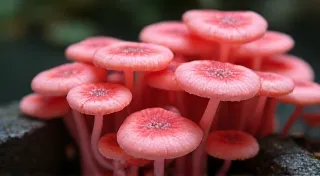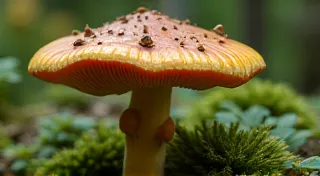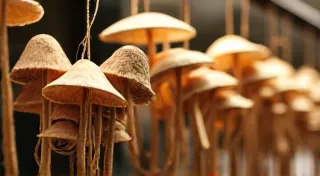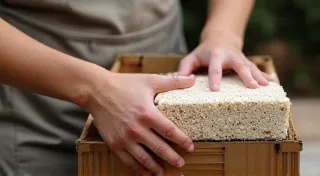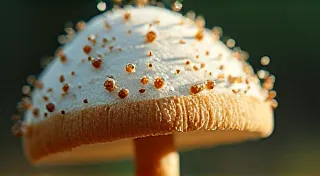Advanced Mycology: Exploring Rare Mushroom Varieties
Welcome to the exciting frontier of home mycology! While cultivating oyster mushrooms or shiitakes is a fantastic introduction to mushroom growing, experienced cultivators often seek the challenge and reward of growing rarer, more exotic varieties. This article delves into the specialized techniques required to successfully grow these treasures at home, pushing the boundaries of what’s possible in home cultivation.
The Allure of the Unusual: Why Grow Rare Mushrooms?
Beyond the deliciousness and culinary novelty, growing rare mushrooms offers a unique sense of accomplishment. These varieties often boast complex flavor profiles and unique textures that elevate any dish. Furthermore, the scarcity of these mushrooms in the commercial market makes the home-grown experience all the more special. It’s a journey into the fascinating world of mycology, requiring dedication and a willingness to experiment. Understanding the intricate relationships between fungi and their environments - sometimes mirroring the exploration detailed in "The Silent Cartographers: Mapping the Undersoil" - can provide valuable insights even when tackling rarer varieties.
Understanding the Challenges
Growing rare mushrooms isn't a walk in the park. These varieties often present specific challenges that demand a deeper understanding of mycology and careful attention to detail. Here's a breakdown of common hurdles:
- Specific Substrate Requirements: Many rare mushrooms have incredibly particular substrate needs. What works for a common variety simply won’t cut it. Research is paramount. This may include the type of wood, its age, pH levels, and even the presence of specific nutrients. Successful cultivation often hinges on replicating natural environments, as described in guides on common varieties like shiitake mushroom growing.
- Temperature and Humidity Sensitivity: Exotic mushrooms often have tighter tolerances for temperature and humidity fluctuations. Maintaining precise conditions is crucial for successful fruiting.
- Spawn Requirements: High-quality, reliable spawn is essential. Obtaining spawn for rarer varieties can be difficult and often requires sourcing from specialized suppliers. Grain spawn is often preferred for better colonization.
- Contamination Risk: The slower growth rates of some rare varieties make them more vulnerable to contamination. Strict sterile techniques are even more vital.
- Longer Colonization Times: Be prepared for extended colonization periods. Some rare varieties take significantly longer to fully colonize their substrate.
Spotlight on Select Rare Varieties
Let's explore a few examples of challenging but rewarding rare mushrooms to cultivate:
Lion's Mane (Hericium erinaceus)
While gaining popularity, Lion's Mane still presents its own set of challenges. Proper airflow and humidity control are key to preventing drying and ensuring beautiful, cascading fruiting bodies. Hardwood logs are the traditional substrate. Maintaining the right humidity, a crucial factor in all successful mushroom cultivations, requires a dedicated approach. Further down the line, even delicate varieties like enoki mushrooms demand such precision.

Black Trumpet (Craterellus cornucopioides)
These elusive treasures are notoriously difficult to cultivate. They thrive in mycorrhizal relationships with tree roots, mimicking this relationship in a home setting is incredibly complex. Ongoing research aims to unlock their cultivation secrets, but success currently remains limited to advanced mycologists. Achieving even moderate success with mycorrhizal species often requires deep understanding of forest ecology, a topic also examined within "The Silent Cartographers: Mapping the Undersoil."
Bleu de Fer (Tubaria rufa)
Another challenging mycorrhizal species. This mushroom’s symbiotic relationship with specific tree roots makes cultivation extremely difficult. It is often found in association with Beech trees in Europe.
Caesar's Mushroom (Amanita caesarea)
This striking mushroom is a prized culinary delicacy. Its cultivation is extremely challenging, requiring specific soil conditions and a mycorrhizal relationship with specific tree roots. Success typically requires replicating a very specific forest ecosystem. The complexity of its lifecycle underscores the intricate web of interactions fungi have with their environment - a web that skilled mycologists, like those exploring the landscapes in "The Silent Cartographers: Mapping the Undersoil," attempt to understand and recreate.

Advanced Techniques for Success
Beyond the basics of mushroom growing, cultivating rare varieties necessitates adopting advanced techniques:
- Environmental Monitoring: Invest in accurate temperature and humidity probes. Data logging allows you to identify trends and make adjustments.
- Flow Rate Optimization: Carefully adjust airflow to meet the specific needs of the mushroom. Too much or too little airflow can inhibit fruiting.
- Substrate Sterilization/Pasteurization Mastery: Perfect your sterilization and pasteurization techniques to minimize contamination risks. This principle applies to all cultivation, from common varieties to the most challenging specimens.
- Pressure Cycling: Some varieties benefit from pressure cycling, mimicking natural rainfall to stimulate fruiting.
- Genetic Selection: Consider selecting for specific traits in your spawn to improve yield and resilience.
- Mycorrhizal Inoculation: For varieties that require symbiotic relationships, research and implement appropriate mycorrhizal inoculation techniques. Successfully initiating and maintaining these relationships can be the difference between failure and a rewarding harvest.
- Forest Ecosystem Replication: Many rare mushrooms, particularly mycorrhizal varieties, demand a near-perfect replication of their native forest environment. This includes factors such as soil composition, shade levels, and the presence of specific companion plants.
Resources and Further Learning
The journey into advanced mycology is ongoing. Here are some resources to aid your exploration:
- Mycology Forums: Engage with experienced cultivators online.
- Scientific Publications: Stay up-to-date on the latest research.
- Specialized Mushroom Suppliers: Source high-quality spawn and supplies from reputable vendors.
- Field Guides and Ecological Surveys: Consulting field guides and participating in ecological surveys can provide invaluable insights into the natural habitats of rare mushrooms.
- University Extension Programs: Many universities offer extension programs that provide educational resources and technical assistance for mushroom growers.
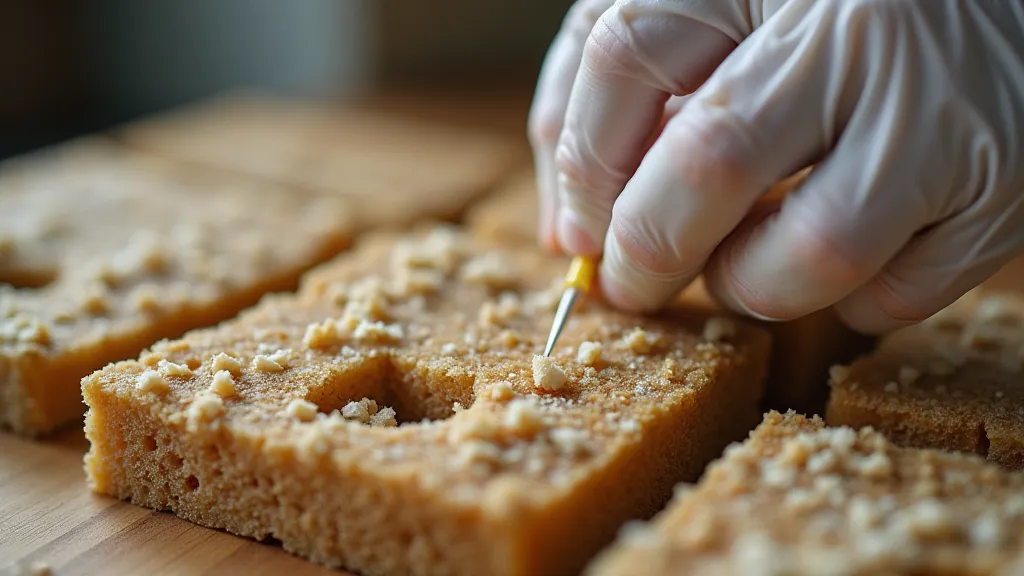
The Rewards of the Journey
Cultivating rare mushrooms is a challenge, but the rewards are immeasurable. From the satisfaction of overcoming difficult hurdles to the unique culinary experiences, the journey into advanced mycology is a truly enriching endeavor. It's a pursuit that demands patience, dedication, and a deep appreciation for the intricate beauty and ecological importance of fungi – a beauty and importance perhaps best illustrated by the explorations documented in "The Silent Cartographers: Mapping the Undersoil."

